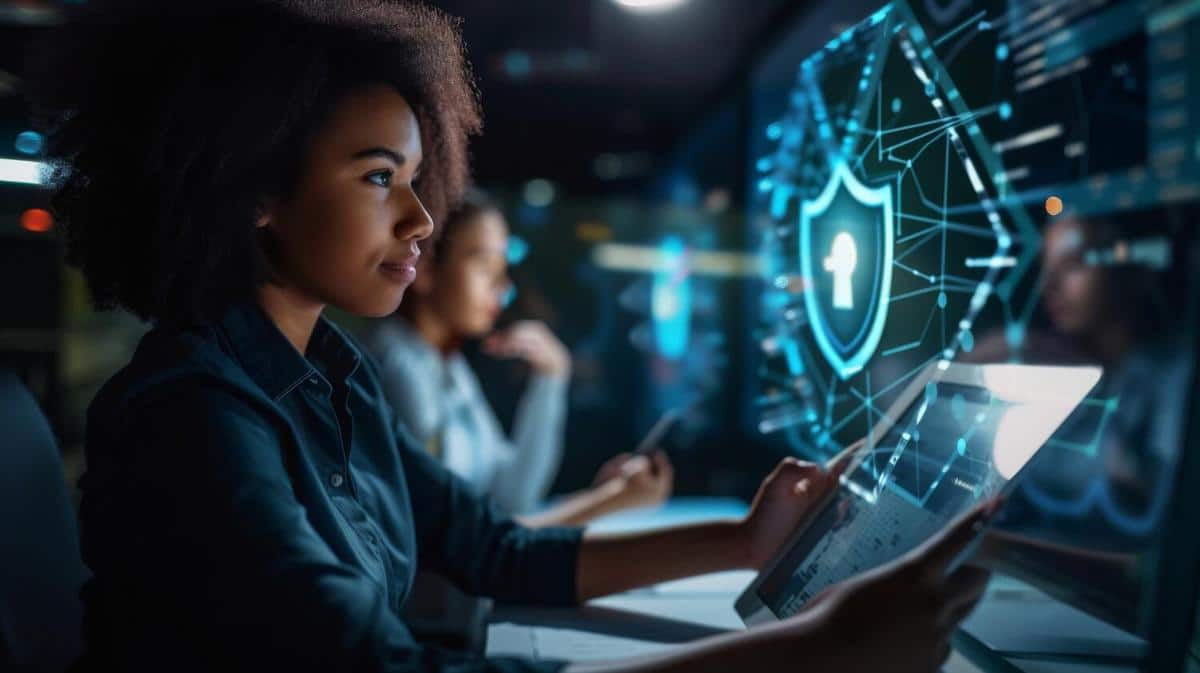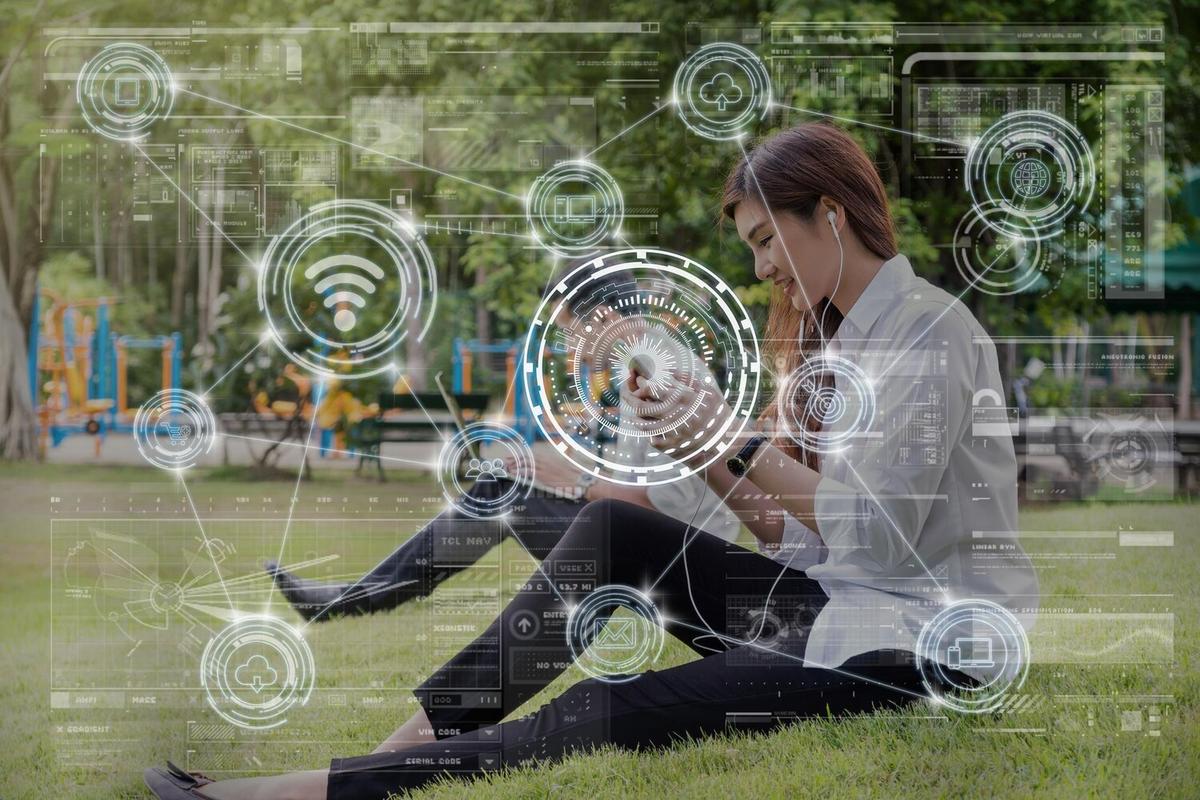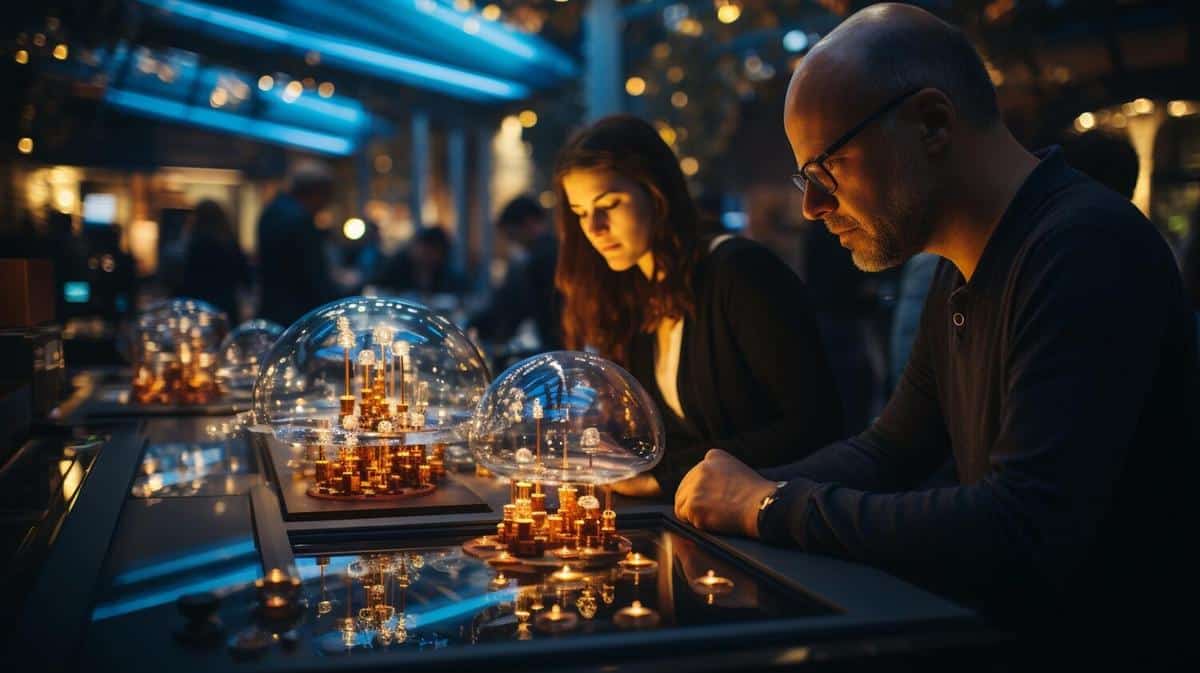
The Rise of Ransomware: What Businesses Need to Know
In the rapidly evolving landscape of cyber threats, ransomware has emerged as a formidable adversary for businesses of all sizes. As attacks become more sophisticated and damaging, understanding ransomware is crucial for protecting your organization.
Ransomware is a type of malicious software that encrypts a victim’s files, demanding payment for the decryption key. According to a report by Cybersecurity Ventures, ransomware damage costs are predicted to reach $20 billion by the end of 2021, a stark increase from just $325 million in 2015.
Understanding the Threat
Ransomware attacks are not just limited to large corporations; small and medium-sized businesses are equally vulnerable. The 2020 Cisco Cybersecurity Report notes that 50% of SMBs have suffered at least one cyber attack in the past year.
Expert Insights
Cybersecurity expert, Bruce Schneier, highlights that “the sophistication of ransomware attacks is increasing, with attackers now targeting backup systems as well.” This makes it imperative for businesses to adopt comprehensive security measures.
Real-World Example
Consider the case of a mid-sized manufacturing company that fell victim to a ransomware attack. The perpetrators demanded a six-figure sum in cryptocurrency, crippling the business’s operations for weeks.
Protecting Your Business
- Regular Backups: Ensure that data is regularly backed up and stored securely offline.
- Employee Training: Conduct regular training sessions to educate staff about phishing attacks and safe online practices.
- Up-to-date Software: Keep all software and systems updated with the latest security patches.
- Implement Security Protocols: Use firewalls, antivirus software, and intrusion detection systems to protect your network.
Comparing Ransomware Solutions
| Solution | Features | Cost | Effectiveness |
|---|---|---|---|
| Antivirus Software | Real-time protection | Low | Moderate |
| Ransomware Protection | File encryption prevention | Moderate | High |
| Data Backup Solutions | Automated backups | Varies | High |
| Employee Training | Awareness and education | Low | High |
| Firewall Protection | Network security | Moderate | High |
| MFA Systems | Two-step verification | Varies | High |
| Intrusion Detection | Monitors network traffic | High | High |
| Secure Email Gateways | Phishing protection | Moderate | Moderate |
Frequently Asked Questions
What is ransomware?
Ransomware is a type of malware that encrypts a victim’s files, demanding a ransom for the decryption key.
How can businesses protect against ransomware?
Businesses can protect against ransomware by implementing regular backups, employee training, and using security protocols such as firewalls and antivirus software.
Should businesses pay the ransom?
It is generally not recommended to pay the ransom as it does not guarantee file recovery and may encourage further attacks.
Conclusion
Ransomware is a persistent threat that requires vigilance and proactive measures. By understanding the risks and implementing robust security strategies, businesses can safeguard against potential attacks. Stay informed and prioritize cybersecurity to protect your business from becoming another statistic in the rising tide of ransomware incidents.


